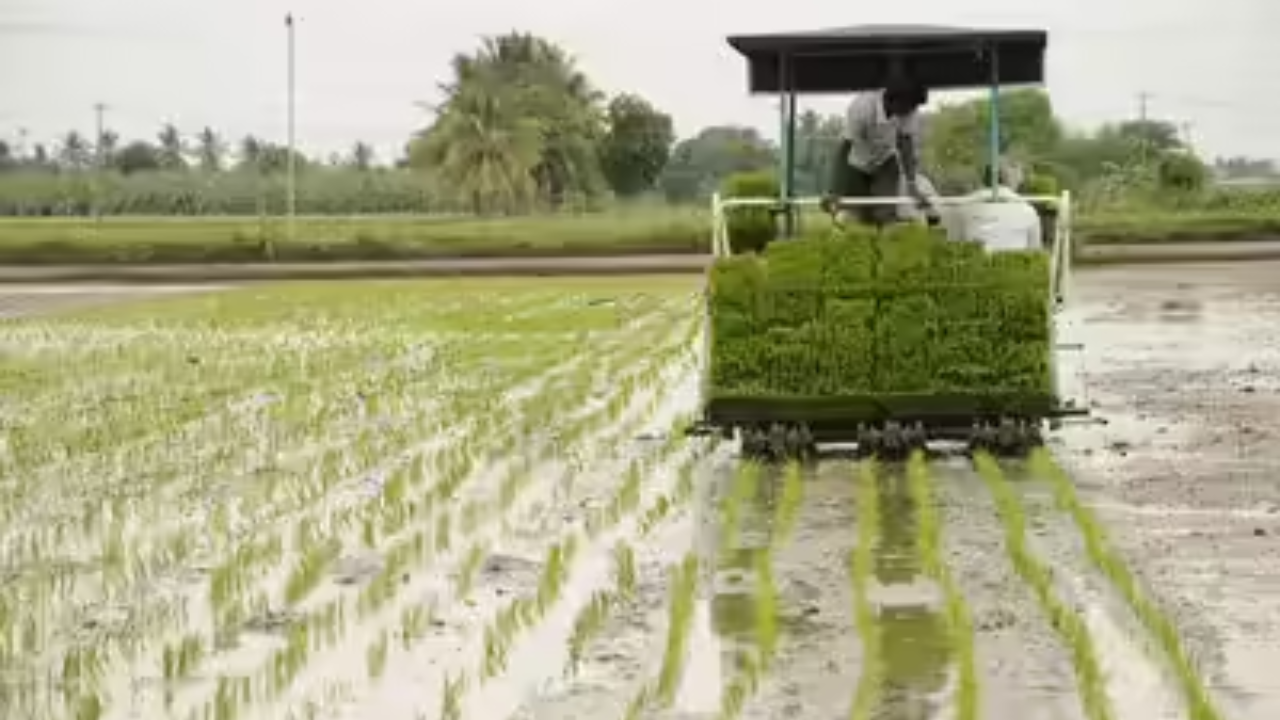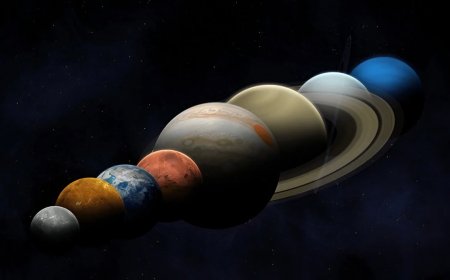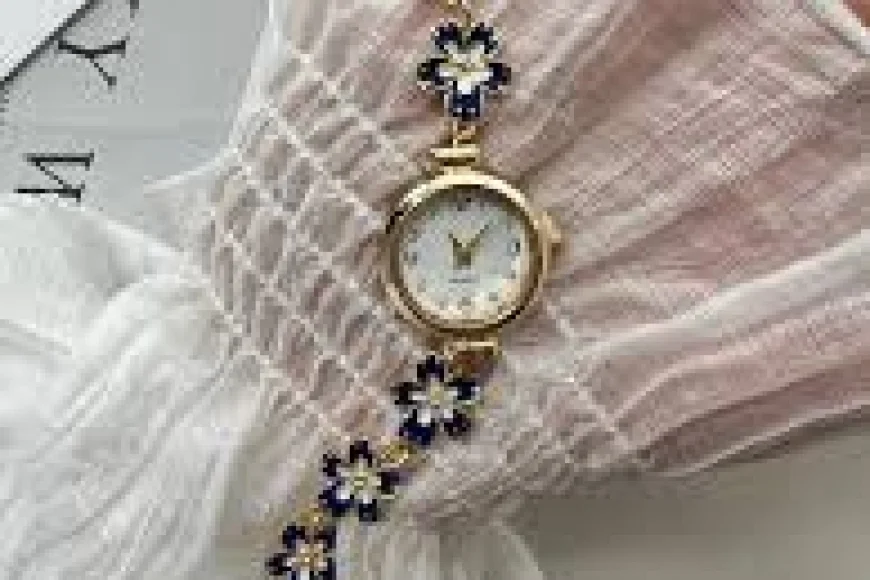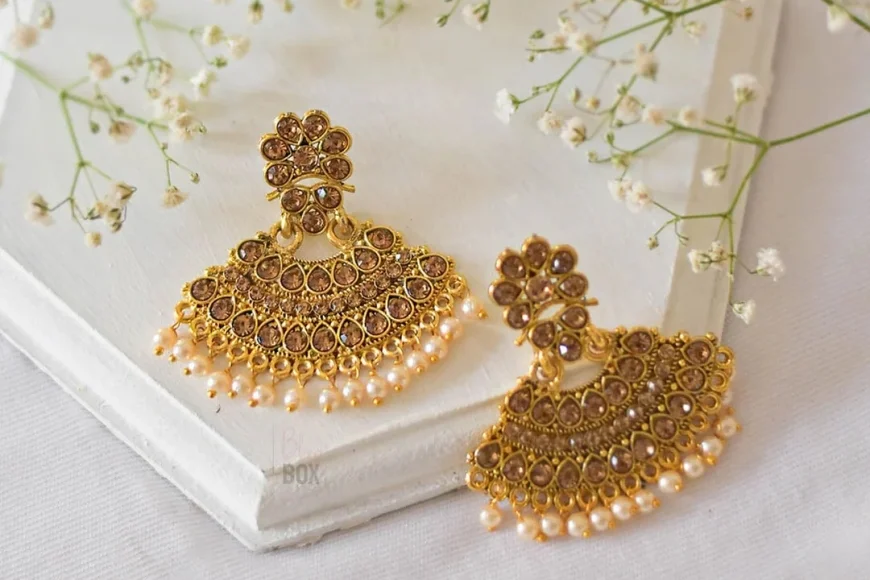In a new book, violinist L Subramaniam looks at how Carnatic music developed over the centuries

Join our WhatsApp Community to receive travel deals, free stays, and special offers!
- Join Now -
Join our WhatsApp Community to receive travel deals, free stays, and special offers!
- Join Now -

While Hindustani music began to change due to external influences, Carnatic music continued to develop along the same path as before.
Sri Vidyaranya (1320–80), the Shankaracharya of Sringeri Sharada Peetham and the founder of the Vijayanagar empire, used the term “mela” for parent (janaka) ragas in his treatise Sangita Sudha for the first time. He has mentioned fifteen melas and fifty derived (janya) ragas, and the concept of sixteen swaras in an octave.
Annamacharya (1424–1503) was the eldest member of a family of composers from Tallapakkam who lived in the fifteenth century. He was a great devotee of Lord Venkateswara (a form of Vishnu and the deity in the temple on the Tirupati hills in Andhra Pradesh). He would climb the hills every day to go to the temple. There are stories that, on one occasion, the goddess Alamelumanga, consort of Venkateswara, appeared before him and blessed him.
The Tallapakkam composers (so called because they came from a small village of that name in Andhra Pradesh) were early composers in the kriti form which had three sections: pallavi, anupallavi and charanam. Annamacharya was prolific and versatile, and is believed to have written thirty thousand songs. He started composing at the age of sixteen. He wrote in...
What's Your Reaction?
 Like
0
Like
0
 Dislike
0
Dislike
0
 Love
0
Love
0
 Funny
0
Funny
0
 Angry
0
Angry
0
 Sad
0
Sad
0
 Wow
0
Wow
0























































